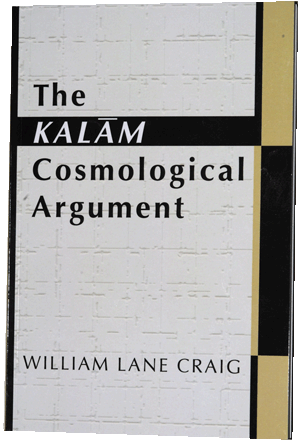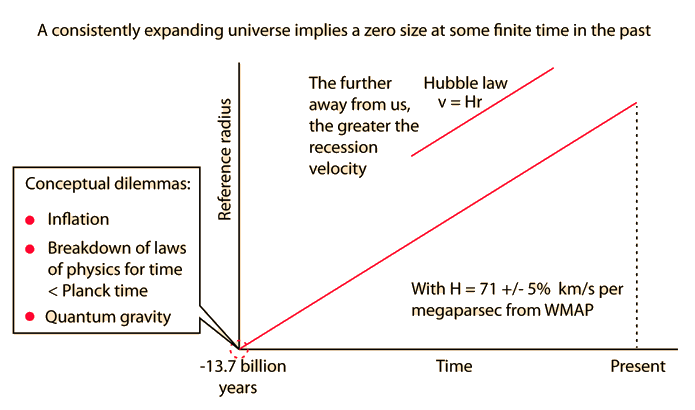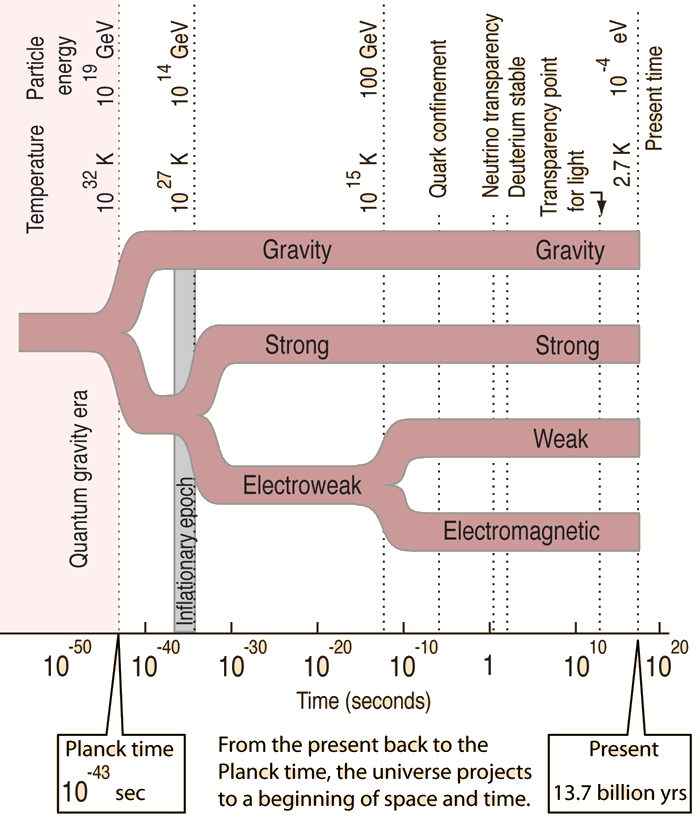Expanding Universe
The galaxies we see in all directions are moving away from the Earth, as evidenced by their red shifts. Hubble's law describes this expansion.

The fact that we see all other galaxies moving away from us does not imply that we are the center of the universe! All galaxies will see all other stars moving away from them in an expanding universe. A rising loaf of raisin bread is a good visual model: each raisin will see all other raisins moving away from it as the loaf expands.
The fact that the universe is expanding then raises the question "Will it always expand?" Since the action of gravity works against the expansion, then if the density were large enough, the expansion would stop and the universe would collapse in a "big crunch". This is called a closed universe. If the density were small enough, the expansion would continue forever (an open universe). At a certain precise critical density, the universe would asymtotically approach zero expansion rate, but never collapse. Remarkably, all evidence indicates that the universe is very close to that critical density. Discussions about the expansion of the universe often refer to a density parameter Ω which is the density divided by the critical density, such that Ω = 1 represents the critical density condition.
|
Kalam Cosmological Argument
God and Cosmology |



